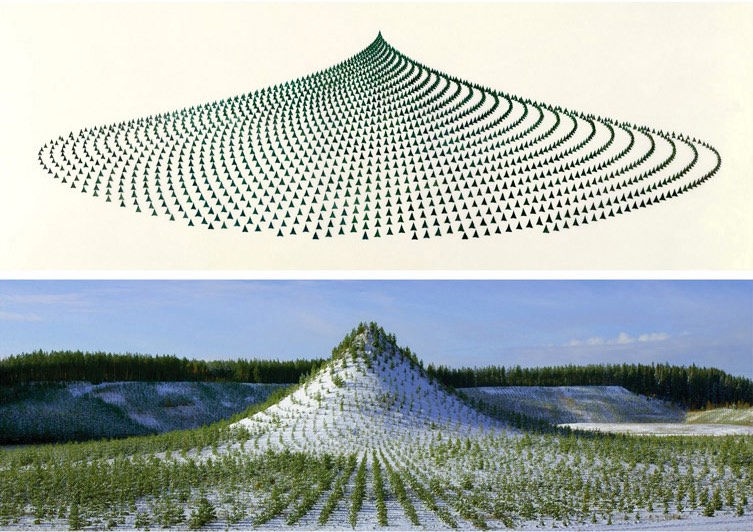 There is a lot of research to suggest that when students feel good about math they will have higher achievement. In the latest monograph in their series, the Ontario Ministry of Ed has collected and summarized some of the best stuff related to student well being and math achievement. With references to @JoBoaler, @Pi_lab and @AliMcauley. Definitely worth a read. Thanks to @CRichardTeacher for pointing out this one
There is a lot of research to suggest that when students feel good about math they will have higher achievement. In the latest monograph in their series, the Ontario Ministry of Ed has collected and summarized some of the best stuff related to student well being and math achievement. With references to @JoBoaler, @Pi_lab and @AliMcauley. Definitely worth a read. Thanks to @CRichardTeacher for pointing out this oneCurriculum Tags: All
http://www.edu.gov.on.ca/eng/literacynumeracy/inspire/research/math-classroom2018.pdf
 I have always liked the theorem that has you connecting the midpoints of any quadrilateral to create a new quadrilateral that is always a parallelogram. And thanks to @MrHonner, I now know it's called Varignon’s theorem. He was interviewed on the podcast @MyFaveThm and gave some neat facts about it. Listen at the link below and here is my 2D @desmos graph, 3D @geogebra graph and this short @desmos activity where students construct it.
I have always liked the theorem that has you connecting the midpoints of any quadrilateral to create a new quadrilateral that is always a parallelogram. And thanks to @MrHonner, I now know it's called Varignon’s theorem. He was interviewed on the podcast @MyFaveThm and gave some neat facts about it. Listen at the link below and here is my 2D @desmos graph, 3D @geogebra graph and this short @desmos activity where students construct it.Curriculum Tags: Gr7, Gr8, MPM1D, MFM1D, MPM2D.
https://blogs.scientificamerican.com/roots-of-unity/patrick-honners-favorite-theorem/
 I think when you are teaching statistics it is good to give students some strategies to help tell if a statistic is valid. On this episode of @BBCMoreOrLess, they do it on the back of a postcard. That is, there are five main points and they fit on the back of a postcard. Listen below
I think when you are teaching statistics it is good to give students some strategies to help tell if a statistic is valid. On this episode of @BBCMoreOrLess, they do it on the back of a postcard. That is, there are five main points and they fit on the back of a postcard. Listen belowCurriculum Tags: MBF3C, MDM4U, MAP4C
http://www.bbc.co.uk/programmes/p05yfqph
Don't get fooled by the fact that this is some obscure math theorem, there is still some good work you can do in grade 7&8 with powers and later on you can do some stuff with algebraic solving
Curriculum Tags: Gr7, Gr8, MCR3U
https://www.youtube.com/watch?v=Us-__MukH9I
@JStevens009 has added some new Would you Rather images and even though we don't use pennies in Canada anymore students can still work on this one
Curriculum Tags: Gr7, Gr8
http://www.wouldyourathermath.com/height_weight/
http://www.wouldyourathermath.com/aluminum_foil/
Click the link to get all the images on this one
http://www.wouldyourathermath.com/discount-jeans/

















